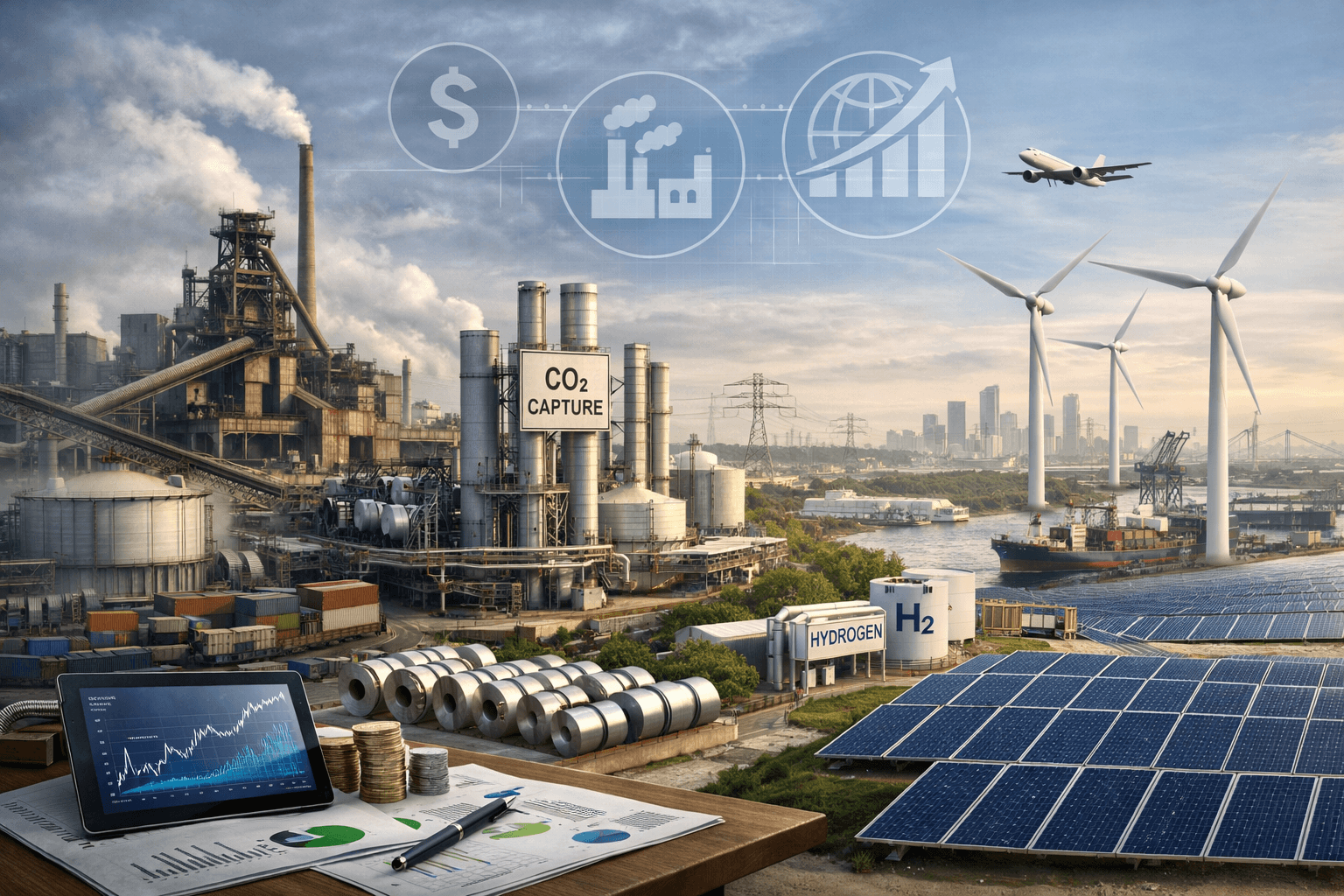Blog
Six Reasons To Be Optimistic About Earth’s 2019
Wal van Lierop
Dec 29, 2018
Cleantech investors have a habit of sounding the alarms. We remind everyone how little time remains to prevent the worst consequences of climate change. But rarely do we point out reasons to be optimistic about humanity’s future on planet Earth.
If we didn’t have any hope though, why would we invest in breakthrough technologies? If the future were so dismal, why strive to transform industries and economies? That is not the behavior of doomed people.
In celebration of 2019, I’d like to spread some holiday cheer about the state of civilization. I’m not the first to beat this drum. Harvard’s Steven Pinker asserts that we are safer, healthier, freer and happier than at any other point in history. The “rational optimist” Matt Ridley points out that, despite all the evidence of human flourishing, “It’s cool to be gloomy.”
Let’s dare to be uncool. For the following reasons, I think we should be optimistic about Earth’s 2019:
Nuclear fusion is taking off. Nuclear fusion is the “Holy Grail” of energy because it could create limitless, cheap, clean power. Experimental reactors around the world have sustained fusion for minutes, reaching temperatures that were once possible only in stars (and bombs). Now, fusion reactors could contribute to the grid within a few decades. So far, governments, industry players, financial institutions, billionaires and celebrities have contributed just enough capital for nuclear fusion to fail. Fusion is within grasp if we can rally more capital, and that seems likely. The Canadian Federal Government just committed $50 million to General Fusion (a Chrysalix portfolio company), and large private investors are starting to show more interest.
Finance is getting green. 985 institutional investors representing $6.24 trillion have divested from fossil fuels, says the DivestInvest campaign. That’s is a huge step up from $52 billion four years ago. True, Bloomberg NEF data shows that overall cleantech investments are down compared to 2017 and their peak in 2015. However, those data may be misleading. Cleantech has become mainstream and what large companies invest in doesn’t necessarily show up as cleantech-specific any longer. The early-stage projects of yesteryear have matured into opportunities for institutional investors eager to reinvest the capital they have extracted from the fossil fuels industry.
Digitalization is making a difference. The public is largely unaware of the role that sensors, artificial intelligence and robotics can play in transitioning to clean energy. A host of startups are working on virtual powerplants, smart grids and intelligent energy storage systems. Why do these matter? It’s less straightforward than most people would expect to integrate “distributed” energy sources like wind farms and home solar arrays into the grid wherever and whenever you want it. Plus, solar and wind fluctuates with weather conditions, so storing and intelligently deploying renewable power is essential. Over the next two decades, 72% of the $10.2 trillion spent on new power generation is predicted to go into wind and solar, which can now beat coal, natural gas and oil on price. If we can optimize this complex system with software rather than hardware, the costs and carbon savings could be significantly better.
Startups are flourishing and going beyond Silicon Valley. Deans at top engineering schools tell me that 60% to 75% of their students want to work in startups. The venture capital ecosystem is embracing these young entrepreneurs. VC capital investment hit record heights in Q3 2018 with $183.3 billion invested globally according to KPMG. Increasingly, these startups are outside of Silicon Valley and working on B2B innovations in regions with deep domain knowledge of traditional industries. What refreshing news! While Silicon Valley is working on the next app for on-demand butlers, gasoline delivery and suitcase packing, others are trying to help the world and earn a return while they’re at it. By spreading capital beyond Silicon Valley’s consumer apps, we increase the odds of funding meaningful projects in industrial innovation and cleantech.
Large energy companies are listening. On December 3, Royal Dutch Shell (a Chrysalix partner), announced that it would tie executive pay to reductions in carbon emissions. The company plans to half its carbon footprint by 2050. Shell is not alone in taking climate change seriously. BP pledged to keep its carbon emissions flat into 2025 by focusing on renewables and natural gas (the “methadone” of hydrocarbons). Chevron and Exxon Mobil finally joined the Oil and Gas Climate Initiative, following Shell, BP and Total. The coalition has raised a $1 billion fund to invest in technologies that could reduce carbon emissions. That’s pocket change compared to their collective profits, but it’s a start. The effort signifies that energy companies are responding to the public’s concerns rather than resisting or muddying climate science.
Governments are stepping up. On December 5, British Columbia revealed CleanBC, not a high-level policy document but a clear action plan to cut the province’s greenhouse gas emissions 40% by 2030. It’s a bold step and we see other governments putting concrete actions in place. In British Columbia, every vehicle sold will have to be emission-free by 2040. By 2032, every new building constructed will have to be “net-zero energy ready.” CleanBC also includes significant rebates for homeowners who install efficient windows and heat pumps. I consider it a victory for BC Premier John Horgan as well as Andrew Weaver, a former climate scientist who now leads the Green Party. If a province as rich in natural resources as BC can pass this plan, I have faith that other governments can too. It indicates that our democratic institutions do work and can address problems like climate change.
Perhaps in 2019, we cleantech investors will do a better job of balancing doom-and-gloom with optimism. We cannot deny the serious threats to Earth’s ecosystems nor the short timeframe left to face to them. However, we must challenge hopelessness and paralysis with optimism and decisions. In 2019, let’s put our hope to action.


